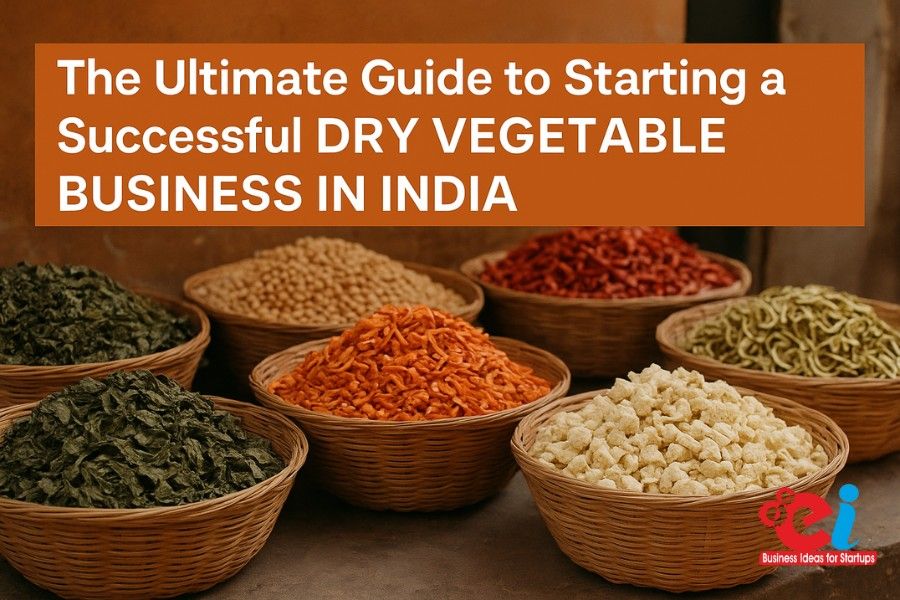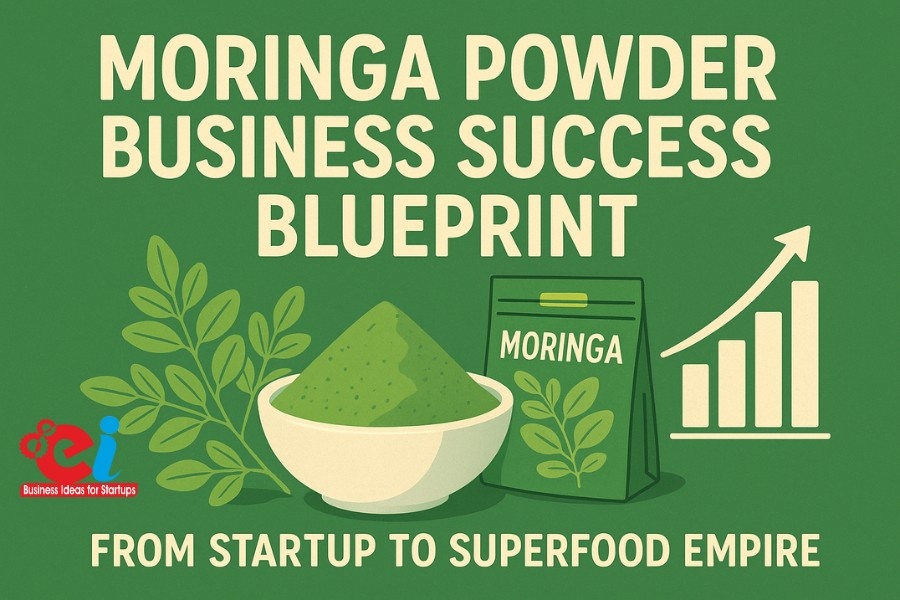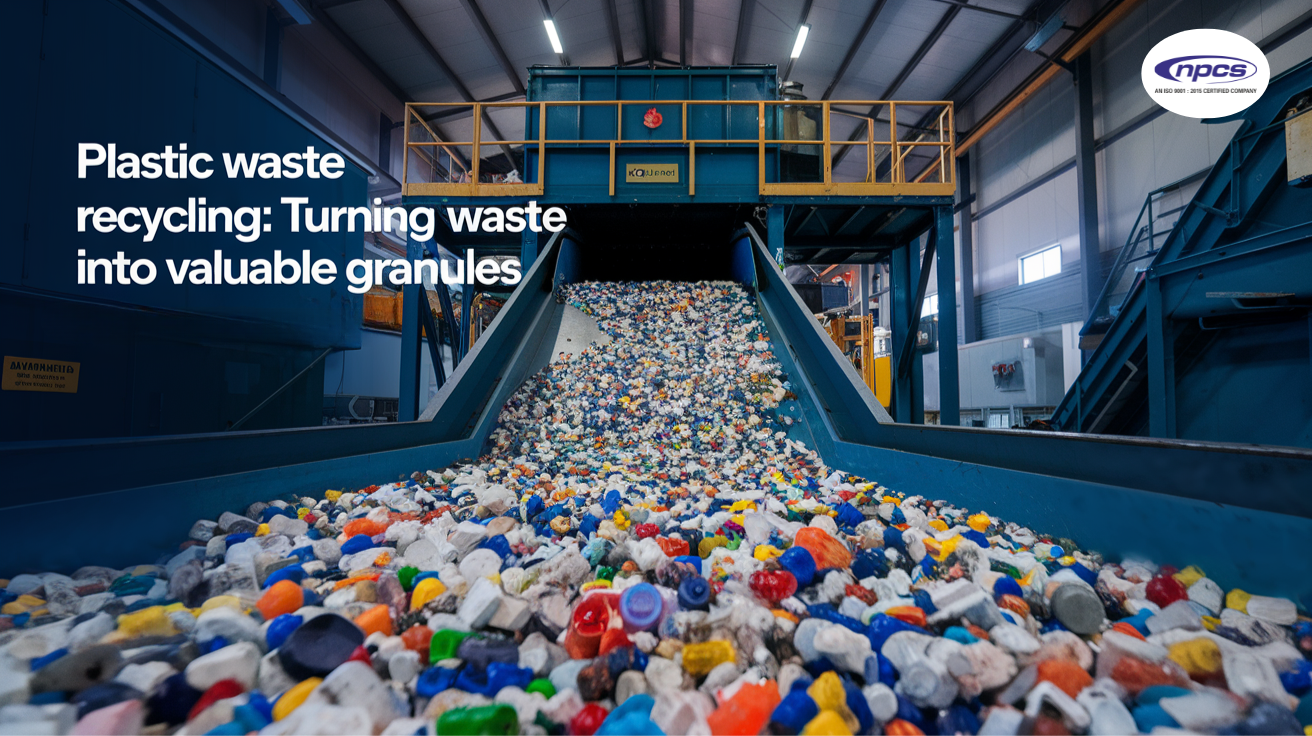Agriculture Product Export: Today, India is making rapid strides and expects to lead the world in the food sector in the near future.
According to the Annual Report of the MoFPI for food processing 2024-25, India’s agri-food exports crossed the USD 46.43 billion mark in the year 2023-24, accounting for 11.7 percent of the total exports of the country.
It can very well be considered indicative of much more: that India is asserting its growing presence in the international food market, which will open very huge opportunities for start-ups to look at in the processing and exporting of cereals, spices, dairy, seafood, and plant-based protein.
In addition, it had consumers in the global market looking for healthy- and value-driven sustainable food options. The nation has a very strong entrepreneurial background and has gained an ever-growing reputation in the field of agriculture; hence, it is at the forefront of meeting the high demands of the global market.
Once again, the reality segment of this particular industry of focus is not all about thrill, but it entails some level of cognition and concentrated implementation. Start-ups have to optimally utilize the modern government initiatives like PMKSY, PMFME, and PLISFPI and develop credible business models that are suitable for exports.
This piece hopes to guide readers from the earliest stages of effective information collection to potential business ventures with the MoFPI, framed in transnational terms.
Read More: 55 Most Profitable Micro, Small, Medium Scale Food Processing (Processed Food)
Overview of Indian Agri-Food Export Scenario-Agriculture Product Export
Performance of Exports 2023-2024
In the last quarter of the fiscal year 2023-2024, the World Bank estimated India’s agri-food exports at USD 46.43 billion; hence, this amounts to around 11.7% of the total exports for India for that period.
Processed foods represent around 23.4 percent of that figure, which shows that exporters are being able to secure much higher product values, profitability, and global competitiveness.
Major Export Categories
- Cereals (rice, wheat, maize): 10.9 billion
- Spices, coffee, tea: 4.7 billion
- Meat and Seafood: a combined 10 billion U.S. dollars
- Processed Fruits and Vegetables: 1.15 billion
- Sugar and Confectionery: 3.29 billion
- Dairy, Honey, and Eggs: 625 million U.S. dollars
Comparative Competitiveness
Goa tops at exported milk, pulses and onions. Second is rice and fruits. The third place goes to vegetables. However, fast emerging are the rest of the plant-based foods exported to the EU, USA and the Middle East.
New products from the latest companies to hit the gold turndown now include entire lines of ready-to-eat meals, fruit extraction, dehydrated powder, oleoresins, and nutraceuticals but have now graduated from just exporting raw products direct at the doorstep.
To India they contribute significantly to meet global demand thereby generating high export revenues.
Read More: Top Business Opportunities in the Food Processing Industry in India for Entrepreneurs
Schemes Supported by MoFPI for Startup Growth
PM Kisan Sampada Yojana(PMKSY)
Projects such as Mega Food Parks, cold chains, and agro-processing clusters for food waste reduction and infrastructure development have been enabled through this government scheme. Moreover, these projects have developed efficient farm-to-factory links for very fast and lucrative agricultural processing.
Benefit to Startups: there is the processing unit setup available at a low cost or a pre-existing cluster which can be joined at minimum infrastructure expense.
PM Formalisation of Micro Food Processing Enterprises(PMFME)
The PM program intends to modernize and increase productivity for two lakh small food manufacturing units and gives a grant of 35 percent subsidy linkage per unit. It supports the ‘One District One Product(ODOP)’ Scheme which encourages entrepreneurs to sell one unique product per their district such as mangoes, pickles, papads or other indigenous snacks.
Startup advantage: You are in a position to create regionally produced, locally prominent food brands as well as modify them to export-ready and internationally popularized units.
Read Our Book: Click Here
Production Linkage Incentive Scheme For Food Processing Industries(PLISFPI)
This scheme bestows an incentive award to a company which increases through improvement the sales and exports of food value added products. It encourages new products, automation, and expansion of the product range in domestic and international markets.
Startup advantage: You are allowed to create export oriented food brands and it increases the production capacity of the scheme, thus helping in earning some government benefits.
Agricultural Products Export-Nivesh Bandhu Portal
Nivesh Bandhu is an online integrated portal that gathers all state-wise information like Primary raw material sources and monetary sources, Infrastructure, Incentives, Exports, Assured Buyers, and other raw material inputs and helps emerging startups to connect with possible investors and policymakers.
Business New Ventures and the Agriculture Product Export-Opportunities Never Known
Opportunity 1-Processing of Cereal and Grains
India $10.9 billion in cereal exports recently present ample opportunities for the very innovative entrepreneur. The innovations that can arise from this startup can be instant-cooked rice packets and millet-based foods or health-oriented gluten-free flours for the Middle East and Africa.
The premiums on export price margins for these products can quickly become achievable through enhanced value addition with smart packaging and branding.
Opportunity 2-Spices, Tea, And Oleoresins Exploration
About 70% of the spice-export business worth $4.7 billion is handled by India. Entrepreneurs can supply oleoresins, spice oils, and herbal tea blends to premium markets in Europe and the USA.
Furthermore, these exports can be even more competitive by including organic premium certification along with aroma retention technology.
Opportunity 3-Processing of Meat, Fish, and Seafood
The most lucrative one with readily available exports worth $10 billion. Startups can supply frozen seafood, ready-to-cook meats, and halal-certified snacks to the ever-growing markets of Southeast Asia, the Middle East, and Europe.
Modern cold chain systems constitute an added reassurance on product quality and shelf life.
Opportunity 4-Processed Fruits & Vegetables Agriculture Product Export
Colossal produce wastage in India provides huge opportunity for start-up companies; they may dehydrate powders, can fruit juices, and freeze dry vegetables for Africa and European countries.
Eco-friendly packaging inventions that improve shelf life can also add to export opportunities.
Opportunity 5: Sugar, Confectionery & Cocoa
Jaggery and sugar-less candies & chocolates with a twist of Indian essence can be manufactured by start-ups with predicted exports of $3.29 billion. The unique blend of old with new, health-conscious flavor profiles will lure buyers worldwide looking for authentic yet health-conscious.
Opportunity 6: Dairy, Honey & Eggs Processing-Agricultural Product Export
This segment has enormous potential for value addition, and exports are worth $625 million yearly. Start-ups could offer lactose-free dairy foods, organic honey, and egg powder for athletes and fitness lovers to the global market.
Moreover, clean-label brands with premium packaging can generate initial trust and global recognition.

Agricultural Product Export-Startup Success Stories
LT Foods (Daawat Rice): From small beginnings, it extensively scaled to become a rice brand globally.
Paper Boats: Brought back traditional Indian drinks and packed them in innovative containers for export all over the world.
MDH & Everest Spices: Two family-run MSMEs that became well-known all over the world for their spices.
Read Our Project Report: Click Here
Agricultural Product Export: How NPCS Can Assist You
Niir Project Consultancy Services (NPCS) will ensure that the business idea you are working on is worth pursuing for investment and will obtain all relevant assistance for making it come true.
The staff will carry out elaborate market survey and prepare project declaration reports embracing all pertinent information on trends, processes, planned machines, finances, etc.
An expert data analysis of in-depth insights and industry know-how will allow for the identification of the most viable product, fund allocations, efficient mechanical plant layout designs, and potential for export verification.
It thus demonstrates that a strong intuition based on facts can actively lower business risks by attracting the required funding and enabling a smooth entrance into the fast-expanding food processing sector in India.
Agriculture Product Export-Roadmap to Follow
- Market Research: Nivesh Bandhu prepares a detailed report on the industry-export scenario.
- Choosing Your Product: Select the star performers-whether grains, spices, dairy, or RTE foods.
- Schemes: Apply for the PMKSY, PMFME, or PLIS funding.
- Technology: Set up cold chains, packaging, and automation.
- Branding & Quality: Follow the FSSAI, HACCP, and global standards.
- Target Export Markets: Middle East, Africa, EU, and US.
- Support: NPCS will assist in scaling and viability studies.
Find the Best Idea for Yourself With our Startup Selector Tool
Agriculture Product Export: Conclusion
In India, the agri-food export industry denotes a $46 billion prospect for nascent business entries. The government policies act favorably for increasing global demand, and the raw materials for export-oriented food business are in abundance (Agriculture Product Export).
The implementation of MoFPI schemes, along with the expertise of NPCS, will facilitate an easy glide from an idea to global success.
The time for action is now; the world is searching for quality food products from India, and every business should make the most of this opportunity by going global (Agriculture Product Export).
Agriculture Product Export: Frequently Asked Questions
Q1. Why are agri-food exports crucial for new ventures?
E-export markets are almost without exception open, margin ones good, and government policies support growth.
Q2. Which products would have high potential for export?
Grains, spices, dairy, seafood, ready-to-eat meals and organic snacks (Agriculture Product Export).
Q3. What are the sources of financial assistance?
Available grants and subsidies include PMKSY, PM FME, PLISFPI (Agriculture Product Export).
Q4. What are industrial applications of technology in food processing?
Technology improves physical or functional quality, diminishes wastage, adds safety to the product, and makes it ready for export-agriculture product export.
Q5. Which NPCS support can be considered for potential business people?
NPCS has extensive support for the successful project growth with expert guidance and financial planning along with market intelligence, and customized project reports.


























